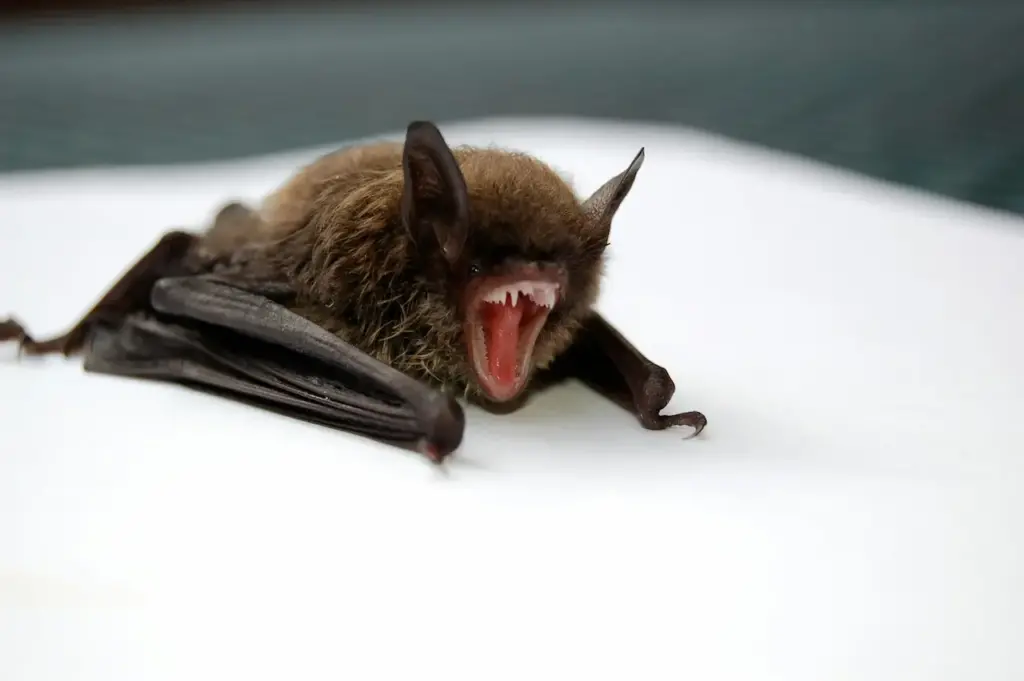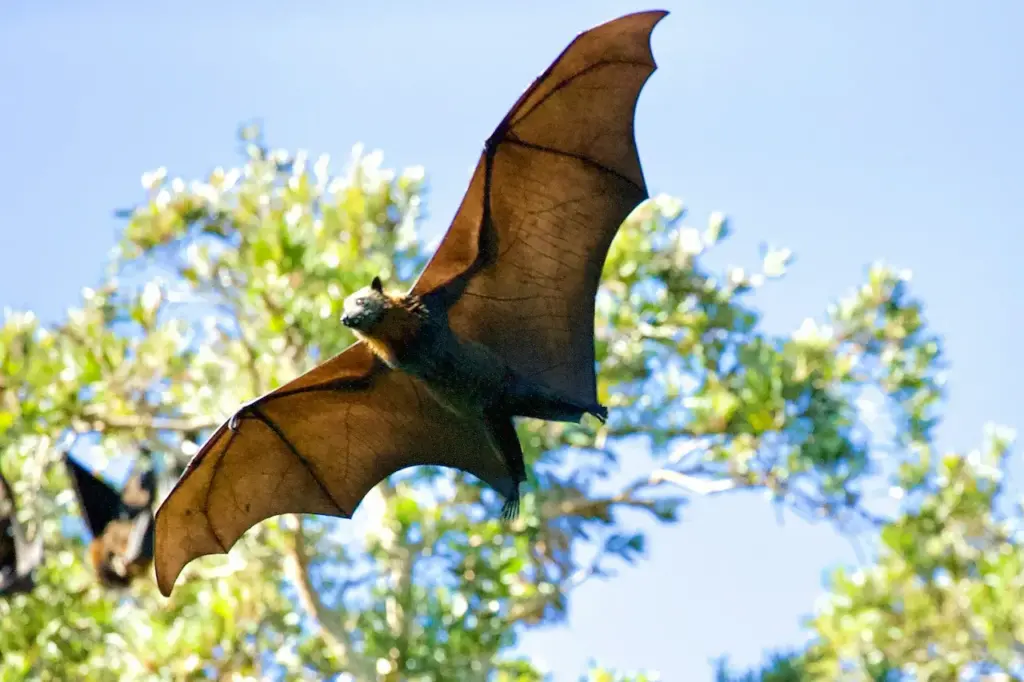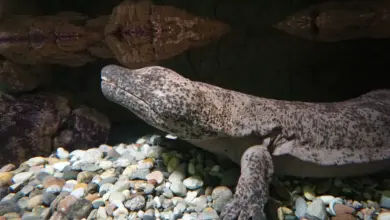What is Killing America’s Bats?
White-Nose Disease Has Killed A Million Bats So Far—And There's No Cure On The Horizon
White-nose disease was first discovered in a single bat cave in upstate New York in 2006. Since then, the fatal fungal illness, which shows up as white patches on the faces and wings of hibernating bats, has spread to 16 states and crossed the Canadian border. The fungus, Geomyces destrucans, is now killing bats in caves, mine shafts, and abandoned buildings as far south as North Carolina, and as far west as Oklahoma. Biologists say that a million bats have died so far, and they add that, unless a way is found to stop the disease, within two decades bats may be entirely extirpated from some regions of the country.
[ez-toc]

The little brown bat (Myotis lucifugus) has been hardest hit by the sickness—but that’s only because the little brown is the most common of our bat species. There are 22 other species of American bats that also hibernate in caves, and many of those bats are being affected as well. Of special concern to biologists are the endangered Indiana bat and five other bat species that are protected under the U.S. Endangered Species Act (ESA). The disease has already destroyed at least a third of the Indiana bats in the Northeastern U.S., scientists say.
Along with the Indiana bat, the Virginia big-eared bat, the Ozark big-eared bat, the greater (Mexican) long-nosed bat, the lesser long-nosed bat, and the gray bat are also officially listed as endangered, and are vulnerable to the white-nose fungus. The disease causes unusual behavior in its victims, including flying during the day, and flying during cold weather when no food is available. Scientists speculate that the extra activity during time when they are normally asleep contributes to bat mortality by causing them to exhaust their winter stores of fat, thereby starving them to death.

Bats apparently spread the disease to one another when they gather in groups to hibernate. Biologists note that damp, cool caves are ideal places for a fungus to grow. According to scientists, people may also unwittingly be spreading the disease on their shoes and clothing when they travel from one cave to another. As a result, wildlife biologists recommend that people stay out of caves where bats are hibernating.
Another way people can help bats is by using as few pesticides as possible. Each night, bats eat up to two-thirds of their body weight in insects, and when the insects they eat have been exposed to insecticides, the poisonous chemicals can quickly build up to levels that cause reproductive problems, or even death, in the bats.



